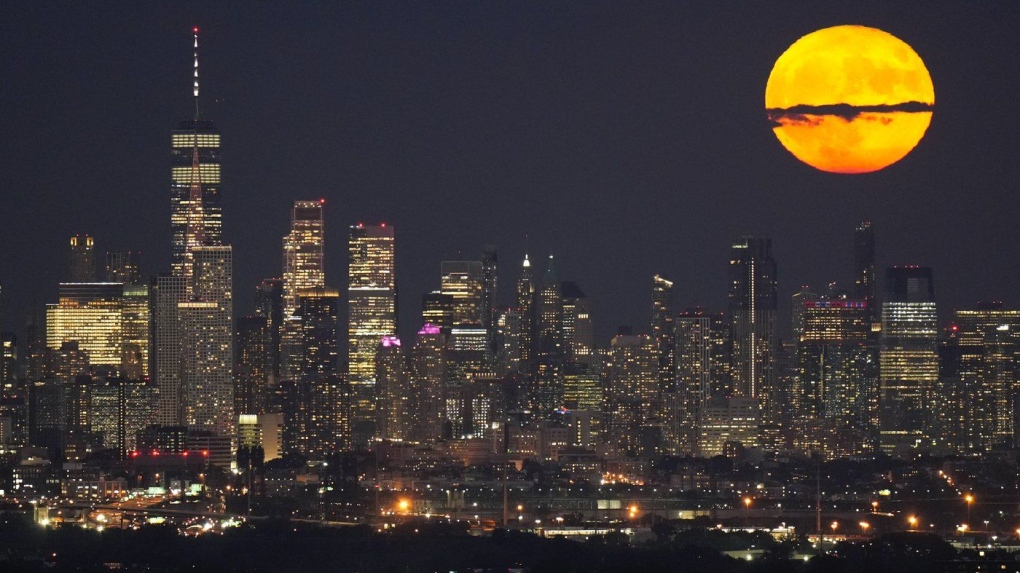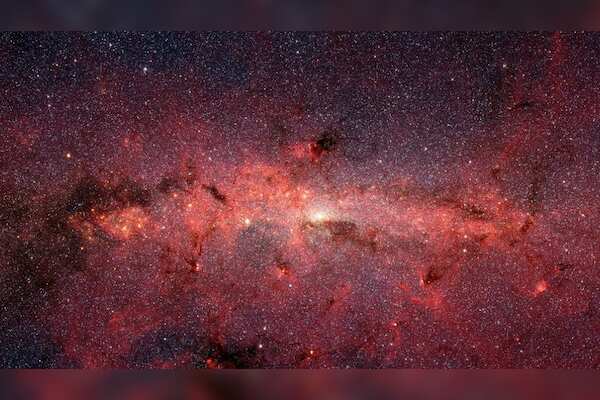The Sun, one of the most prominent stars in our solar system, is preparing for a momentous transformation as it gears up to flip its magnetic poles. This natural phenomenon occurs approximately every 11 years and the last reversal took place in 2013. Scientists anticipate that the next magnetic pole reversal will occur sometime between April and August of this year.
While the idea of the Sun flipping its magnetic poles may sound alarming, it is actually a regular part of the Sun's natural cycle. But why does the Sun undergo this process in the first place? Several celestial bodies, including the Earth and the Sun, possess magnetic fields that are not fixed but rather cyclical. These magnetic fields are subject to change based on the peak solar cycles that occur within the Sun. The Sun is a massive sphere of hot, ionized gases that flow within its core, generating electric currents in the process. These electric currents produce magnetic fields as a byproduct, a phenomenon known as a "dynamo," as explained by NASA. According to NASA, the dynamo within the Sun "reorganizes itself" during each solar cycle, which lasts roughly a decade. Stanford solar physicist Phil Scherrer elucidated this process to NASA, stating that the Sun's polar magnetic fields weaken, reach zero, and then re-emerge with opposite polarity. This cyclical reversal is a regular feature of the Sun's solar cycle. In contrast to the Sun's 11-year magnetic pole reversal cycle, the Earth's magnetic north pole undergoes frequent reversals to the south and vice versa, occurring approximately every 10 thousand years. The reversal of the Sun's magnetic poles can lead to intensified solar storms, which have the potential to disrupt satellites, communication systems, GPS navigation in space, and even affect parts of the electrical grid, as reported by Earth Sky. However, amidst these potential disruptions, there is a silver lining. The magnetic pole reversal can offer opportunities for witnessing northern lights at lower latitudes. While northern lights typically manifest between 60 degrees and 75 degrees latitude, during the 2013 magnetic pole reversal, vivid auroras were observed below 50 degrees. Observers described these auroras as "blood or deep crimson red," casting a brightness so profound that one could reportedly read a newspaper by their light. As the impending 2024 magnetic pole reversal approaches, experts predict that intense solar storms may exceed Earth's magnetic field capacity, potentially allowing more energy and mass to penetrate the atmosphere. This influx of energy can lead to various impacts on Earth, affecting space weather conditions and posing challenges for astronauts. Additionally, disruptions to electrical power on Earth can pose risks to satellite systems. Despite these potential challenges, the National Solar Observatory has assured that there is no cause for alarm, emphasizing that the Sun's consistent magnetic pole reversals are a testament to the predictable nature of our star's behavior. In conclusion, as the Sun embarks on its magnetic pole reversal journey, it brings with it a mix of anticipated challenges and captivating celestial displays. While this phenomenon may evoke curiosity and awe, researchers and astronomers continue to study and monitor these occurrences to better understand the Sun's intricate workings and the potential impacts on our cosmic environment.The Sun's Magnetic Pole Reversal: A Natural Process with Potential Impacts on Earth
 7 months ago
21952
7 months ago
21952
Related
Witnessing the Lunar Show: A guide to watching August's supe...
1 month ago
2231
Insights from James Webb Space Telescope Resolve Debate on U...
1 month ago
1754
Commercialization of Women's Health: The Impact of Feminist ...
7 months ago
19810
Trending in United States of America
4. NASCAR
10. Nike stock
Popular
Nokia Reaches 5G Patent Agreement with Vivo After Lengthy Le...
7 months ago
26048
Apple's Upcoming Tablet Lineup: iPad Air to Introduce Two Si...
9 months ago
25976
Xiaomi's First Electric Car, the SU7 Sedan, Enters the EV Ma...
8 months ago
25364
The European Parliament's Bold Move to Combat Smartphone Add...
9 months ago
25312
Unveiling ChatGPT's New 'Memory' Feature Revolutionizing Use...
7 months ago
25212
© OriginSources 2024. All rights are reserved








 English (US)
English (US)